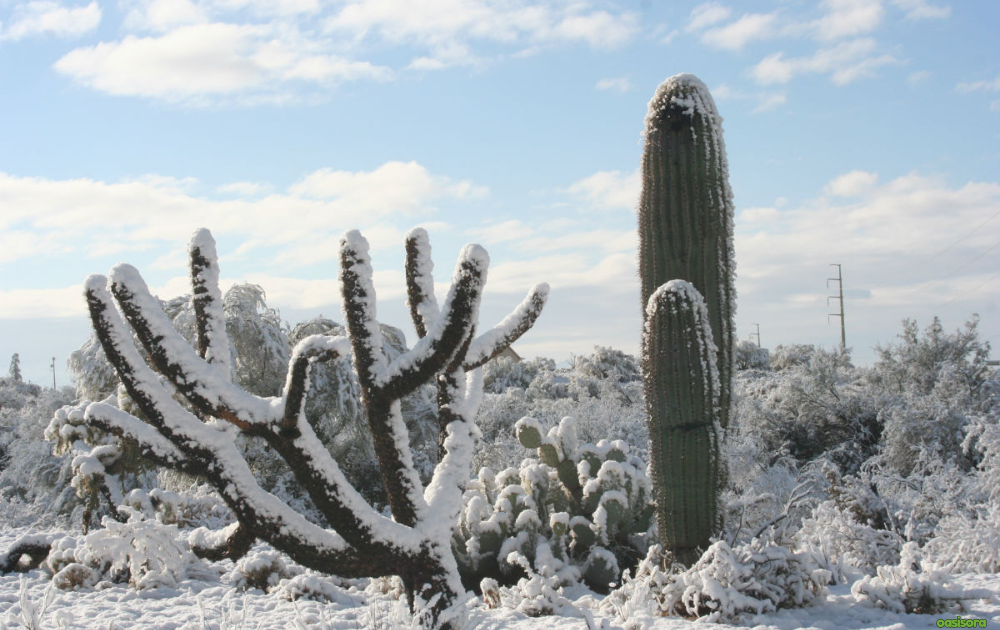
Winter in Arizona feels calm on the surface, yet the soil still works quietly underneath. This is when winter fertilization of Arizona trees makes a real difference, because trees take in steady support even while they rest. I have watched how a small winter feeding helped my own trees start spring with bright leaves and fresh strength.
With this simple guide, you will learn how to keep your landscape healthy in the same easy way, so your trees stay ready, especially for the warmer months. Let’s begin and give your yard the care it deserves this season.
Why Winter Fertilization Matters for Arizona Trees?
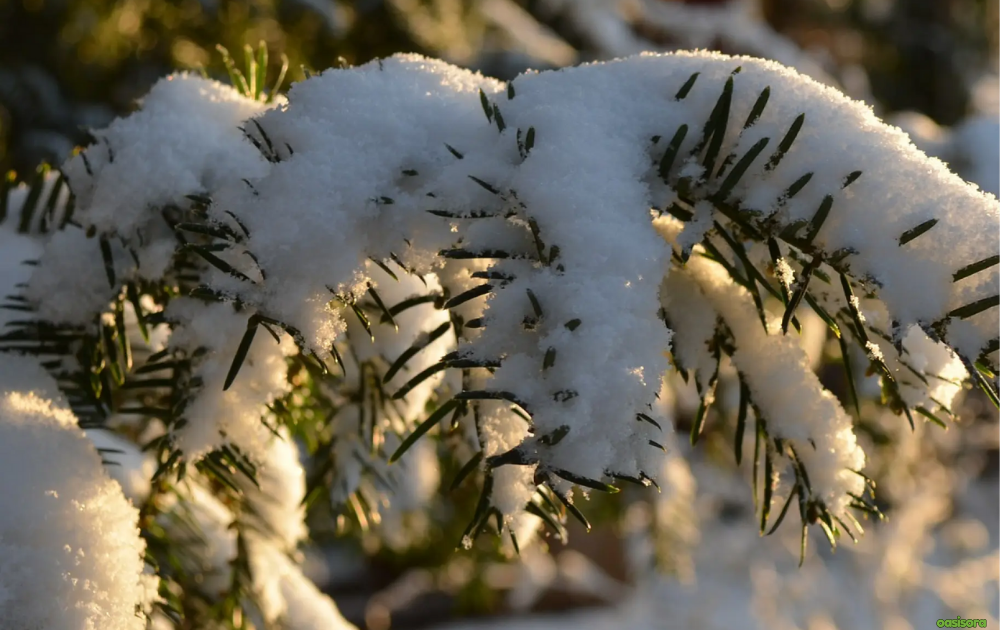
Winter fertilization of Arizona trees is done at this time of the year
Arizona winters feel soft, but trees still slow down and hold their energy in the roots. This calm time lets the soil take in nutrients better. When winter fertilization of Arizona trees is done at this time of the year, the food settles deeper instead of getting lost in the summer heat. Also, the roots stay active in winter, so a light feeding helps them store strength.
I once gave a small winter feed to my tree, and it started growing in spring with fresh and bright shoots. Because of this early support, trees face the warm months with stronger roots and better growth. Since the soil here has little natural food, winter becomes the best time to get them ready for the long, hot season.
Understanding Arizona’s Tree Fertilization Needs
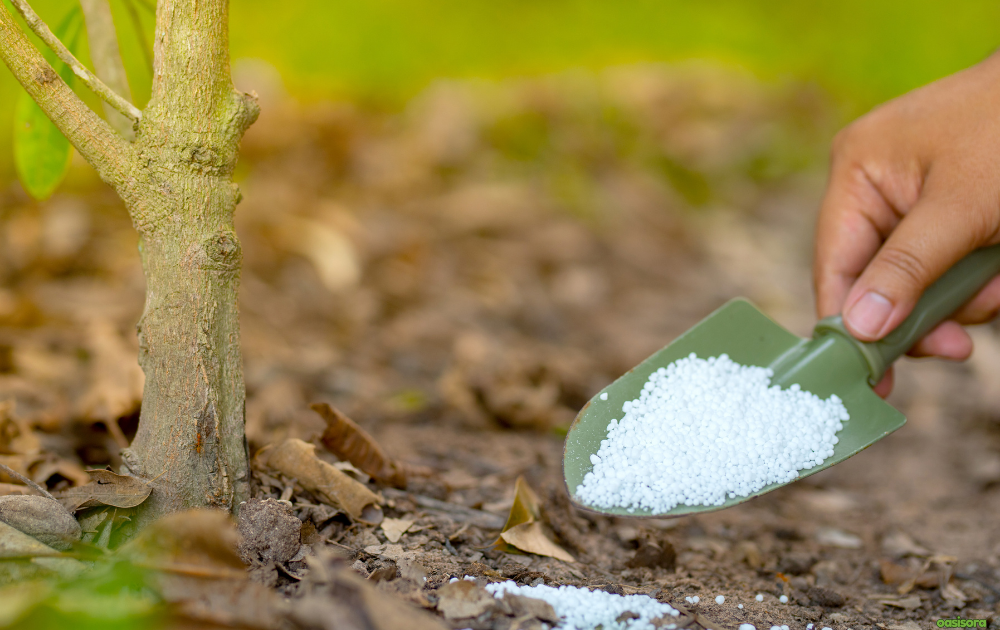
Arizona’s Tree Fertilization Needs
According to the University of Arizona Cooperative Extension, desert soil often lacks natural nutrients. Because of this, trees usually need extra help, and winter fertilization of Arizona trees gently fills that need.
You can spot a tree that needs support when the leaves look pale, new shoots stay short, or the canopy seems thin. I saw the same signs on my citrus tree, and a light winter feed helped it grow better when spring arrived.
Moreover, some trees need steady winter care, like citrus, mesquite, palo verde, pine, and palm. These trees live in tough conditions, so soft winter feeding keeps them stable through the year.
Without winter support, new growth may stay weak, and the tree may struggle when the heat returns. This way, one simple winter step gives your yard a stronger start for the next season.
Best Time to Fertilize Trees in Arizona’s Winter
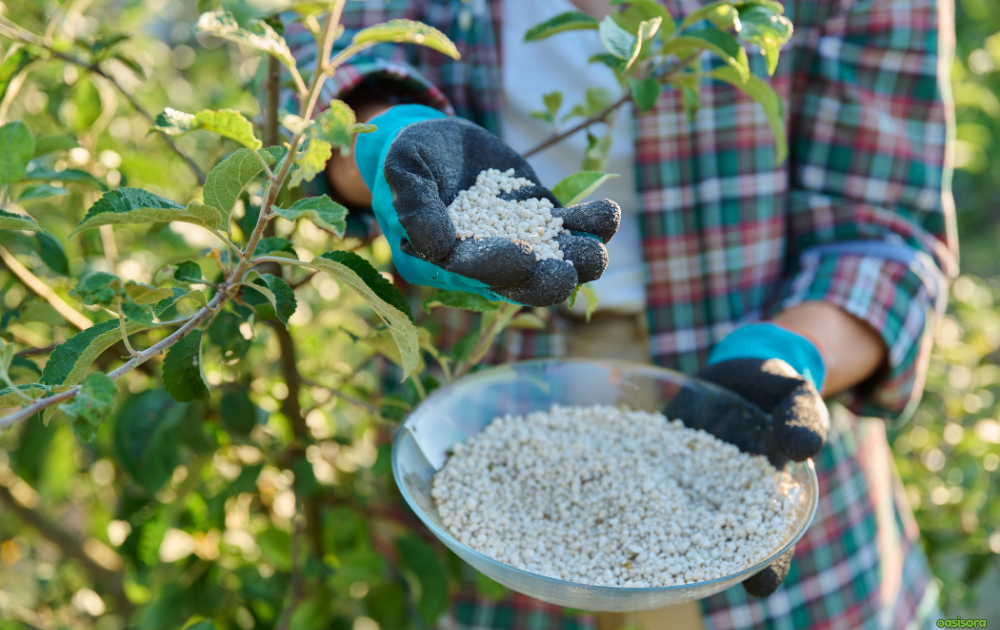
Time to Fertilize Trees
Arizona winters stay gentle, and this calm time lets the roots remain active and take in steady support. That’s why winter feeding helps trees grow stronger when spring arrives.
(i) Ideal Months for Winter Feeding
The best time to start is from late fall to mid-winter, usually between November and February. During these cooler months, the soil stays calm, and nutrients move gently toward the roots. When winter fertilization of Arizona trees happens in this window, the ground keeps the food longer, and the tree saves that strength for spring.
(ii) Low Desert and High Desert Timing
Secondly, fertilization timing also depends on your location. Low desert areas warm up early, so feeding works best closer to late fall. High desert areas stay cold longer, so feeding can be pushed toward mid-winter. This small change helps the nutrients settle at the right pace for each region.
(iii) Role of Temperature and Rainfall Patterns
Cool winter days help the soil hold moisture, and light rain moves the nutrients gently to the deeper roots. I once waited for a soft winter shower before feeding my pine, and the soil soaked everything in so well that spring growth looked brighter. However, if warm days come too soon, the ground dries fast, so checking the weekly forecast helps you pick the right moment for steady winter support and fertilization.
The Right Way to Fertilize Arizona Trees
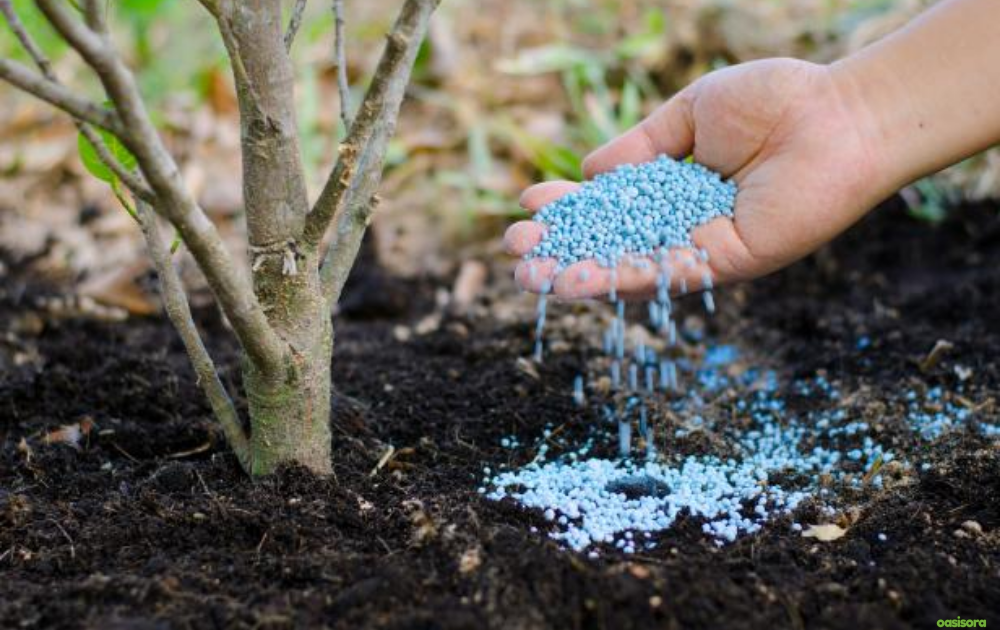
Right Way to Fertilize
Winter feeding works best when each step is gentle and clear. Trees in this climate respond well to slow support, and the soil holds the food better in the cooler months. This makes winter fertilization of Arizona trees an easy task when done the right way.
Simple Steps for Winter Feeding
- First, lightly clear the soil around the tree so the ground can breathe.
- After that, spread the fertilizer in a soft circle under the canopy, keeping it a little away from the trunk.
- Lastly, let the food rest on the soil before watering it in.
I tried this slow method on one of my young trees, and the even spread helped it stay fresh throughout the season.
Surface Feeding or Deep Root Feeding
Surface feeding is easy for most yards because the fertilizer stays on top and moves down with water. On the other hand, USDA suggests that deep root feeding goes deeper into the soil and helps older or stressed trees that need extra care better. Both methods work, but deep feeding is better for compact soil that does not let water pass easily.
Watering Before and After Feeding
No doubt, water plays a crucial role in the process. A small drink before feeding helps the ground stay soft. On the other hand, a slow soak after feeding carries the nutrients down to the roots. However, the water should move gently, not fast, so the soil has time to absorb everything.
Mistakes to Avoid in Winter Feeding
At the same time, a few simple mistakes mentioned as follows can hold a tree back. Try to avoid them as much as you can.
- Do not use too much fertilizer because heavy feeding can hurt the roots.
- Never choose quick-release products that push fast growth during the wrong season.
- Don’t skip deep watering, which leaves the food on top instead of helping it reach the roots.
- If you feed too close to the trunk, it can cause stress instead of support.
- Don’t rush the process; instead, let the soil absorb the food slowly.
Best Fertilizers for Arizona Trees
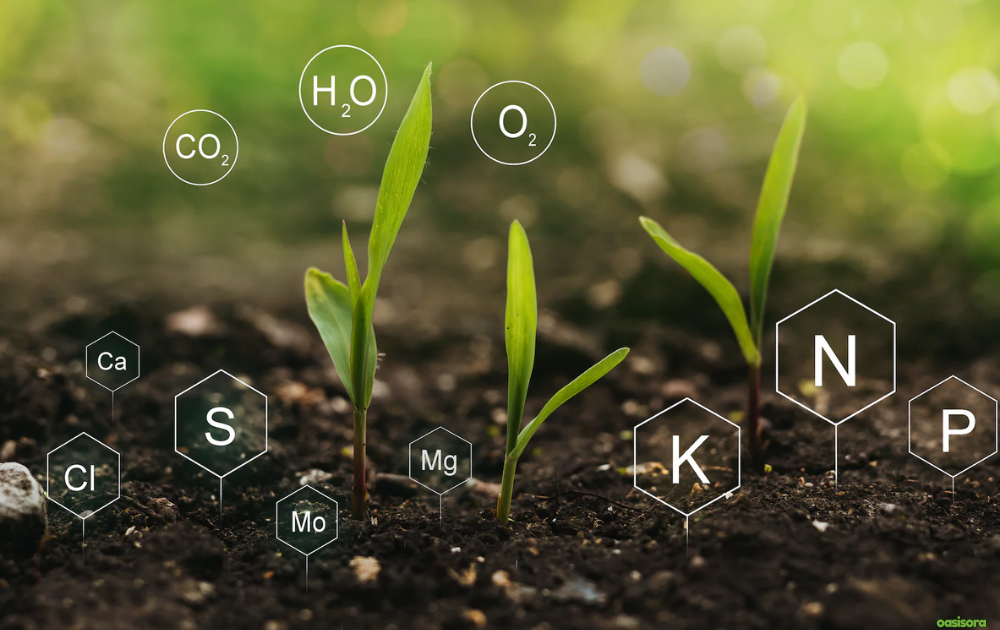
Best Fertilizers
Choosing the right fertilizer makes winter feeding gentle and safe. When the soil is low in natural food, the right mix helps the roots stay calm, especially during the cold season. This is where winter fertilization of Arizona trees works best with slow, balanced support.
Recommended NPK Ratios
Indeed, different trees need different amounts of nutrients. A balanced NPK blend keeps the soil steady without pushing fast growth.
- Citrus trees do well with a mix that has more nitrogen for bright leaves.
- Shade trees stay healthy with a mild blend that supports steady roots.
- Palms respond to mixes that include small trace elements to keep the fronds green.
Now, the key is to choose a blend that feeds slowly and matches your tree’s type.
Organic or Synthetic Fertilizer
Organic options come from natural sources and release food gently into the soil. They help the ground stay soft and healthy over time. In contrast, synthetic options feed faster and work for yards that need quick support. Both choices can help, but organic blends are kinder to the soil during cooler months.
Choosing a Slow-Release Formula for Winter Use
A slow-release fertilizer works well in winter because it breaks down slowly and gives the roots steady support. This gentle pace keeps the tree safe during cold days. I once saw a citrus tree respond well to a slow-release blend, and it looked unusually bright when spring came. Thus, when choosing a mix, pick pellets or coated granules that soften slowly into the soil.
Helpful Product Qualities to Look For
Although you can choose any product, it generally helps to look for the follow qualities:
- Pellets or coated granules that release nutrients slowly.
- Balanced NPK suited to your tree type.
- Mild formulas with small trace minerals.
- Blends made for cool-season feeding.
- Products that stay gentle on dry, compact soil.
All these features help your trees stay stable, especially in colder seasons. Moreover, winter fertilization of Arizona trees supports them so they wake up strong when spring arrives.
Deep Root Fertilization: The Winter Boost Your Trees Need
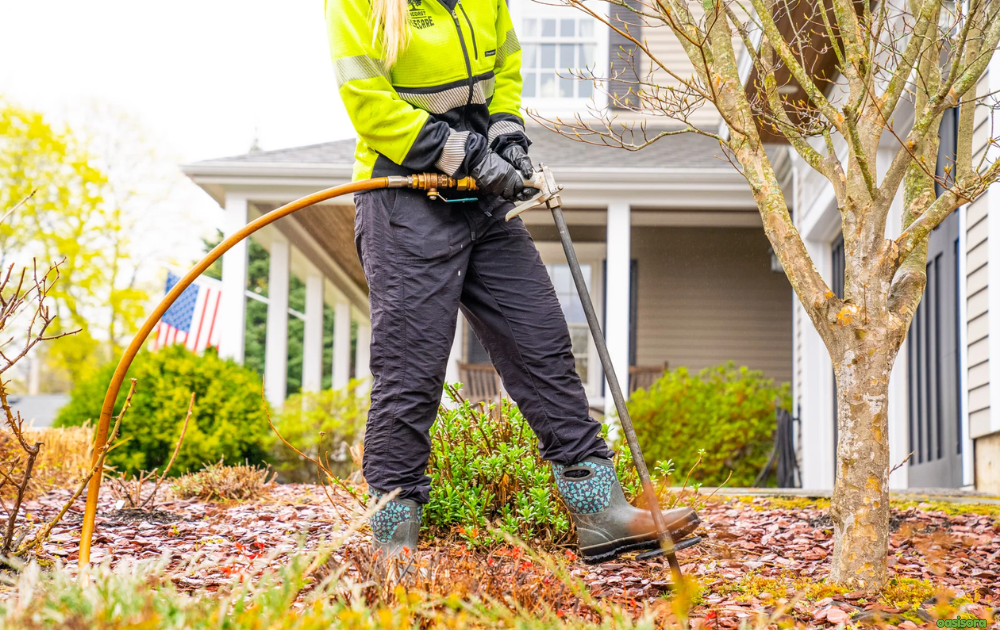
Deep Root Fertilization
Deep root feeding sends nutrients into the lower soil, where the main roots stay active in winter. It helps the food reach deeper layers instead of staying on top. Ultimately, this slow method gives steady support to Arizona trees during the cooler months.
How Deep Root Feeding Works?
A narrow tool places the fertilizer under the soil, close to the roots that do most of the work. My neighbour once used this method on a tall shade tree, and the slow, deep feeding made the tree look steadier when spring arrived.
Why It Helps in Tight, Dry Soil?
Arizona soil often feels packed and dry, so water and nutrients struggle to move down on their own. Deep feeding helps this process, and winter fertilization of Arizona trees places the food where the soil holds moisture better, giving the tree a stronger start for the warm months.
DIY or Professional Service
DIY tools work fine for young trees with soft soil, but large trees need careful placement. A professional team uses better tools and knows the safe spots around the roots. This makes the process smooth and helps the tree get even support.
Special Winter Fertilization Tips for Popular Arizona Trees
Different trees in Arizona need different care during the cooler months. When the season stays steady, winter fertilization helps each type grow with consistent support and wake up strong when spring arrives.
1. Citrus Trees

Citrus
Citrus needs steady nutrients in winter because the fruit keeps growing even in the cold. A gentle, slow-release mix helps the tree hold its color and stay firm. I once added a mild winter feed to a lemon tree, and the fruit looked brighter when the warm days returned.
2. Palm Trees
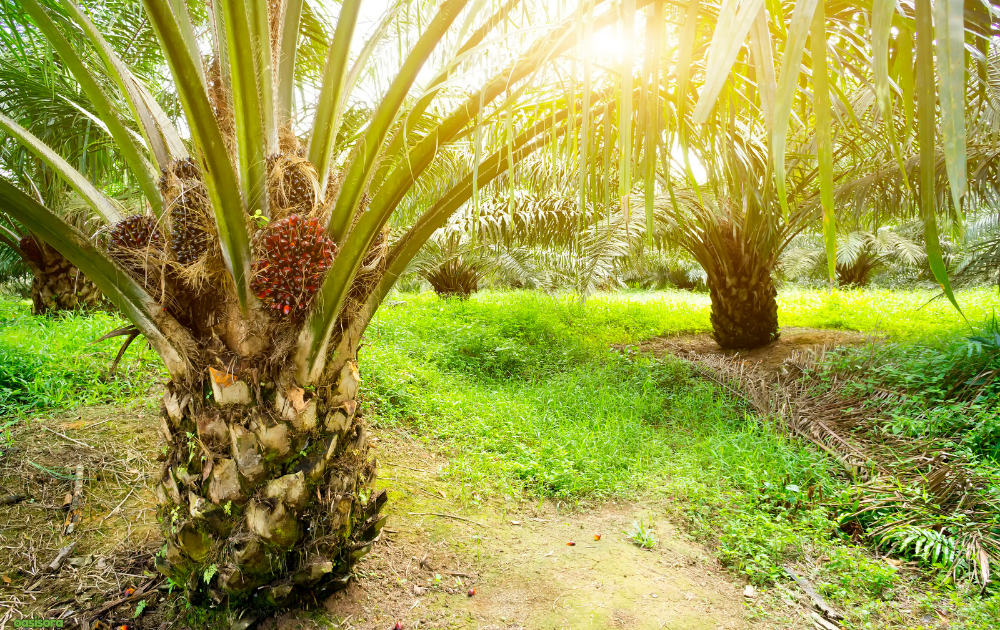
Palm Tree
Palm trees usually feel stress when nights get cold. A soft winter feeding with trace elements keeps the fronds green and balanced. Also, winter fertilization of Arizona trees helps palms stay strong through temperature shifts and avoid weak new growth.
3. Evergreen Trees
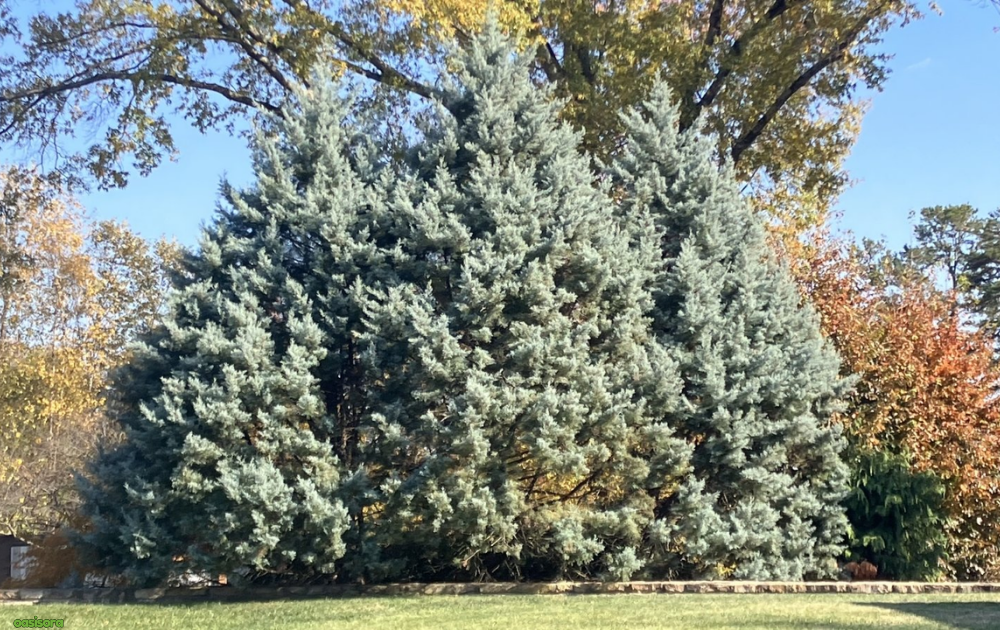
Evergreen Trees
Evergreens stay green all year, so they use energy even in winter. Light feeding supports their needles and keeps the tree fresh. They do not need heavy food, just a soft boost that moves slowly through the soil.
4. Shade Trees
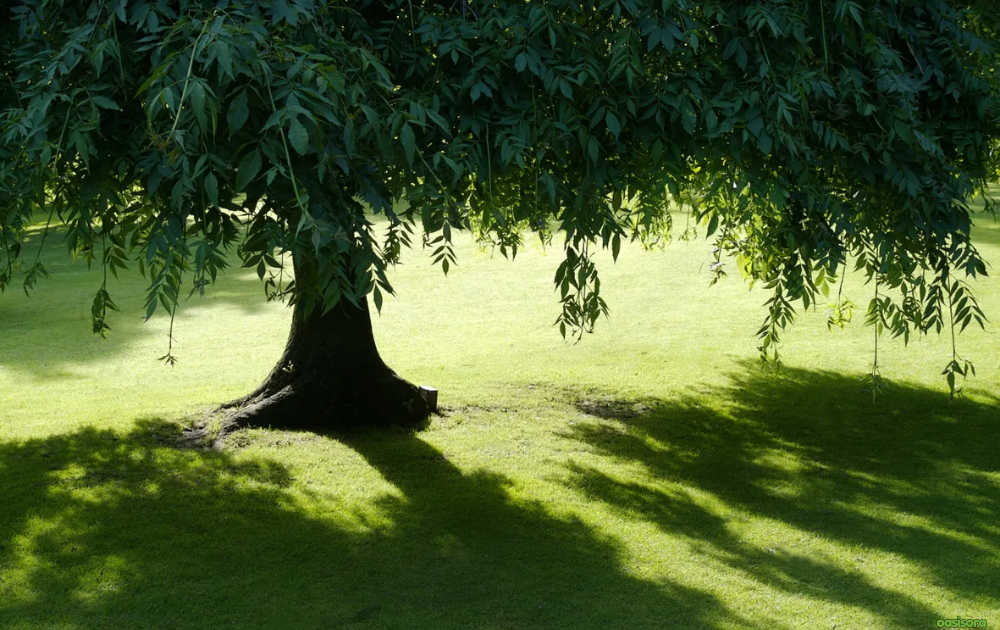
Shade Tree
Shade trees rest on top in the winter, but they keep working underground. A small winter feeding prepares them for the strong flush that comes in spring. This keeps new shoots fuller, the canopy thicker, and the tree ready for upcoming warmer days.
Common Mistakes Homeowners Make
Even small errors can hold trees back when winter fertilization of Arizona trees is not done right, especially in a dry climate. Keep the following simple points in mind to keep your yard safe and steady.
Late Fertilizing
When feeding happens near early spring, new shoots may start to grow before the weather warms, somehow, that can significantly stress the tree.
Ignoring Soil pH and Composition
Arizona soil can be tight or alkaline. If you don’t check it, nutrients may not reach the roots properly.
Forgetting to Water Deeply After Fertilizing
Without deep watering, the food stays near the surface instead of moving down to the active roots.
Using Lawn Fertilizer on Trees
Lawn mixes are quick and strong, which can burn tree roots or push fast growth at the wrong time.
When to Call a Tree Care Expert?
Sometimes trees need extra help, even after appropriate winter fertilization of Arizona trees. If a tree still looks dull, grows slowly, or keeps dropping leaves, a professional can check the roots and see what it’s missing.
Moreover, when the soil feels too hard, too dry, or too alkaline, a soil test can show which nutrients are low. Experts then use the right tools to guide the next step, so you don’t give the wrong mix.
Furthermore, expert teams usually use deeper feeding tools and safe placement points. Their plans keep the tree supported through the year, so your winter work stays helpful when warmer days return.
Final Thoughts: Feed Smart This Winter for Healthier Arizona Trees All Year
Winter is the easiest time to give calm support to your yard, and this is when winter fertilization of Arizona trees makes the biggest difference. With the right timing and gentle steps, trees save quiet strength that helps them grow with ease when the warm season returns.
Therefore, this is a good moment to plan your next feeding date, watch the weather, and let the soil stay ready for simple winter care. I’ve seen how careful winter feeding planning can help a tree wake up with brighter leaves and steady energy. When you give this small support in the cool season, your yard greets spring with fresh life and better strength.
FAQs
How often should Arizona trees be fertilized in winter?
Most trees need one gentle feeding in the cool months, usually between November and February.
Is slow-release fertilizer for winter?
Yes, slow-release blends break down slowly and keep the roots safe during cold days.
Do citrus trees need winter feeding?
Citrus trees use energy even in winter, so a light feeding helps keep the fruit and leaves steady.
Can I fertilize right after a cold night?
It’s better to wait for a mild day so the soil stays soft and the nutrients move smoothly.
